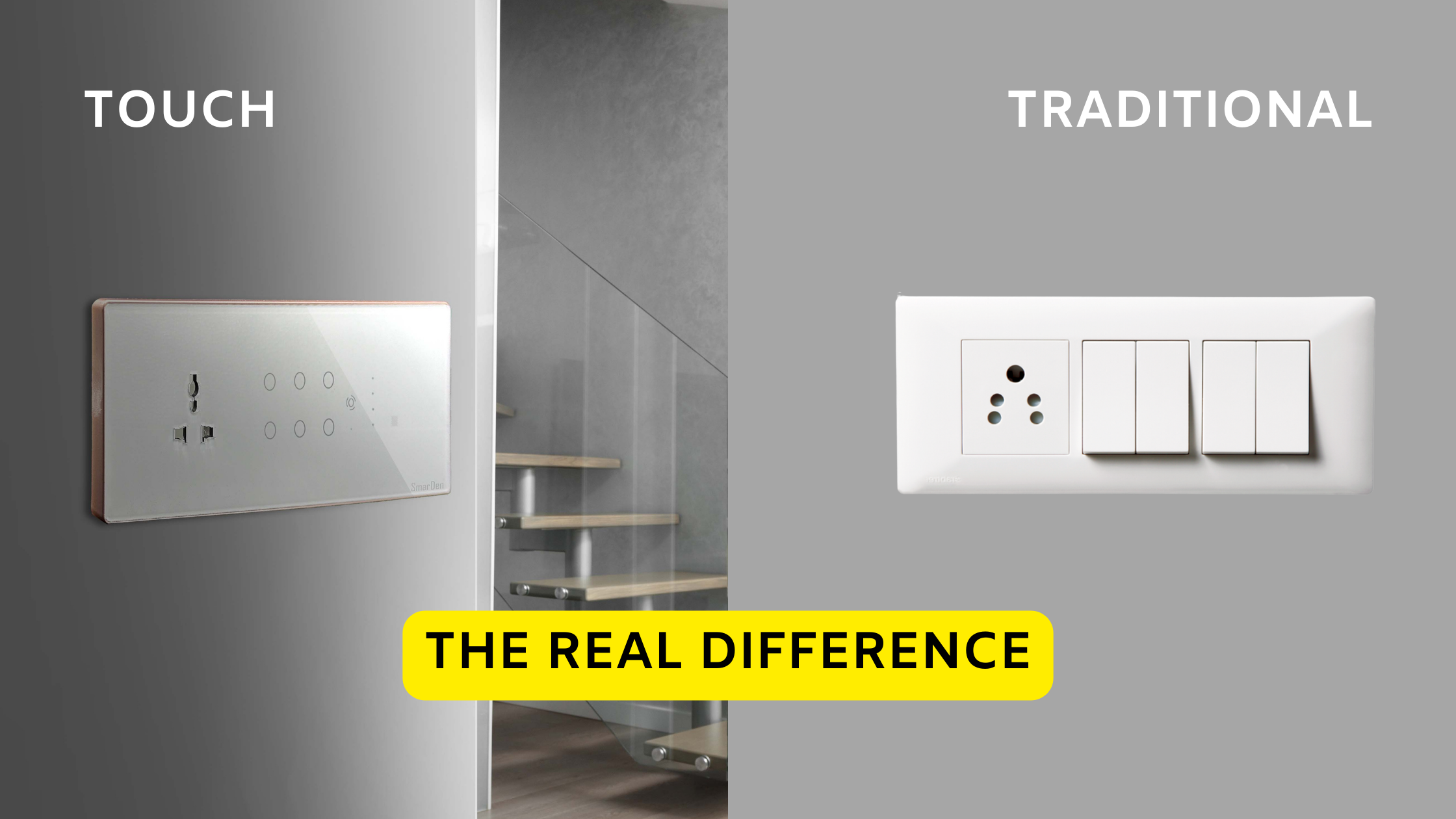
Smart Touch Switches vs. Traditional Switches
In the ever-evolving landscape of home automation, smart touch switches have emerged as game-changing alternatives to conventional electrical controls. As homeowners increasingly embrace smart technology, smart touch switches are becoming the preferred choice for modern homes. Understanding the key differences between these two options becomes crucial for making informed decisions about home electrical systems.
Understanding the Basics
Operation and User Experience
The fundamental difference lies in how these switches function. Smart touch switches operate with a gentle tap on their sleek surface, offering a sophisticated and responsive experience. Modern smart touch switches have revolutionized the way we interact with our lighting systems. Unlike traditional switches that require physical force to flip the mechanical lever, smart touch switches provide effortless operation with minimal pressure, enhancing both convenience and durability. This modern approach to switching eliminates the familiar clicking sound and mechanical wear associated with conventional switches.
Design and Aesthetics
Smart touch switches showcase a sleek, modern design that instantly elevates any room’s appearance. Their minimalist panels, often featuring subtle LED indicators and elegant glass surfaces, contrast sharply with traditional switches’ basic plastic construction and utilitarian appearance. The contemporary aesthetic makes smart touch switches particularly appealing for upscale interiors and renovations. Additionally, their flat surface design makes cleaning easier and prevents dust accumulation, maintaining their pristine appearance over time.
Advanced Features and Capabilities
Smart Home Integration
One of the most compelling advantages of smart touch switches is their seamless integration with home automation systems. These devices can connect with various smart home platforms, enabling coordinated control of lighting, fans, and other electrical appliances. The latest generation of smart touch switches offers enhanced compatibility with major smart home ecosystems. Traditional switches, limited to manual operation, cannot offer such connectivity options. The integration capabilities extend to compatibility with popular voice assistants and home automation hubs, creating a cohesive smart home ecosystem.
Remote Control and Accessibility
Smart touch switches revolutionize home control through multiple access points:
- Smartphone apps for remote operation from anywhere in the world
- Voice command compatibility with major virtual assistants
- Remote control functionality for convenient access
- Scheduling capabilities for automated control
- Scene creation for personalized environments
Energy Management and Efficiency
Automation and Energy Savings
Smart touch switches excel in energy management through:
- Automated scheduling for optimal power usage
- Motion detection capabilities for automatic operation
- Power consumption monitoring and reporting
- Intelligent dimming features for energy optimization
- Occupancy-based control systems
Premium smart touch switches offer advanced energy monitoring features that traditional switches simply cannot match. These features contribute to significant energy savings over time, while traditional switches offer no built-in energy management capabilities.
Cost Considerations
Investment and Returns
While smart touch switches require a higher initial investment, they offer potential long-term savings through:
- Reduced energy consumption through automated control
- Lower maintenance needs due to absence of mechanical parts
- Extended lifespan compared to traditional switches
- Enhanced property value through modern technology integration
- Potential insurance benefits from improved home safety features
Customization Options
Personalization and Control
Smart touch switches provide extensive customization options:
- Adjustable LED indicators for visibility and aesthetics
- Programmable schedules for daily routines
- Scene creation for different activities and moods
- Dimming preferences for optimal lighting
- Custom control patterns for different users
- Holiday mode settings for enhanced security
Making the Right Choice
When deciding between these options, consider your specific needs. Smart touch switches represent the future of home lighting control, offering unmatched versatility and convenience.
Choose Smart Touch Switches if you:
- Value modern aesthetics and advanced functionality
- Plan to integrate smart home features
- Want to optimize energy consumption
- Prefer customizable control options
- Are interested in long-term cost savings
- Prioritize technological advancement
Choose Traditional Switches if you:
- Prefer simple, straightforward operation
- Have budget constraints
- Don’t require smart features
- Want minimal maintenance requirements
Future-Proofing Your Home
As home automation continues to advance, smart touch switches represent a forward-thinking investment. Their adaptability and upgradeability ensure your home remains current with technological developments, while traditional switches may become increasingly outdated.
Conclusion
The choice between smart touch switches and traditional switches ultimately depends on your priorities and lifestyle. As more homeowners discover the advantages of smart touch switches, these modern solutions are becoming the standard for new constructions and renovations. Smart touch switches continue to evolve with new features and capabilities, making them an increasingly attractive choice for modern homeowners.
Remember that investing in modern switching technology not only enhances your daily living experience but also contributes to a more efficient and sustainable home environment. As technology continues to evolve, the gap between these two options will likely widen, making smart touch switches the definitive choice for future-ready homes.
Read more interesting blogs: CLICK HERE
Follow us on instagram for more fun smart home content: CLICK HERE
